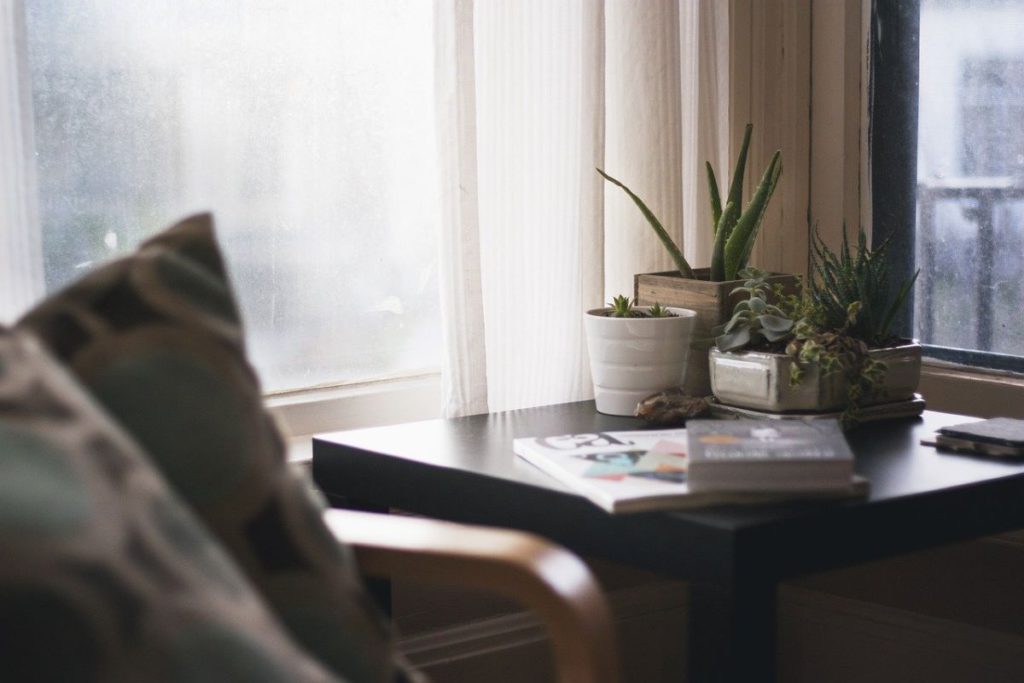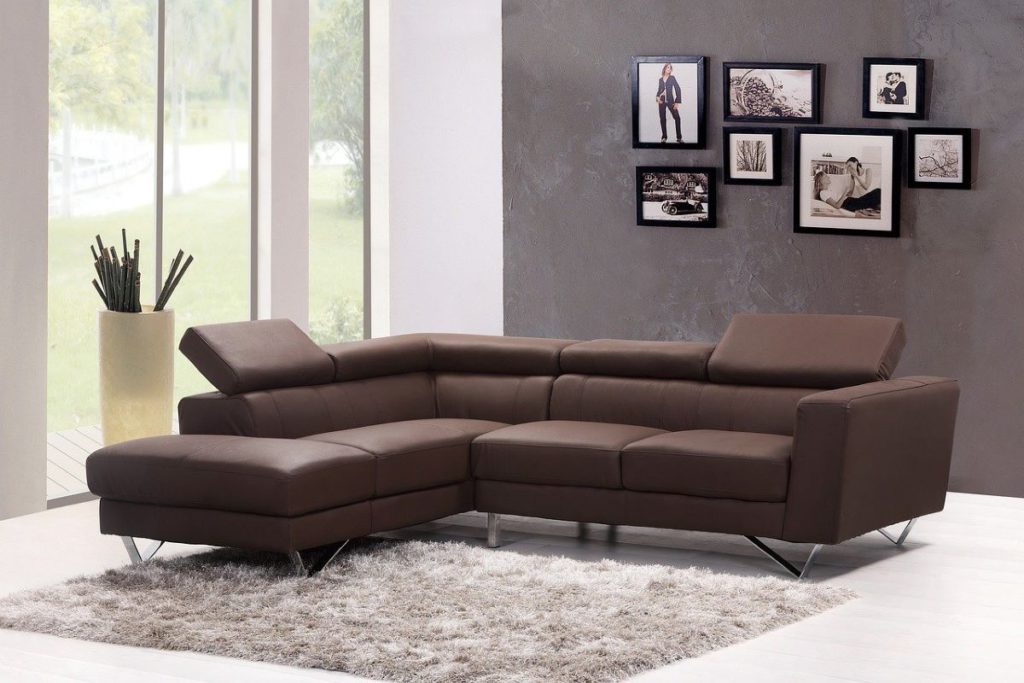What is Good Design?
● Interior and exterior designers create environments where people feel comfortable and safe.
● An interior designer will help you choose furniture, colours, fabrics, and accessories.
● A good interior designer should know about architecture, engineering, and construction.
● Commercial design experience will mean familiarity with a broader range of materials and solutions than just a practitioner of consumer design.
● An interior designer is someone who understands what makes a space feel good and works to create that feeling.
● They help clients visualise their ideas into reality and understand the implications of those decisions – would a timber ceiling work better than a plasterboard one, for instance?
● A good interior designer will take care of all aspects of the project, from concept to completion.
The Power of Space
● Spaces affect us emotionally and mentally, so we need to plan them carefully during the design process by knowing exactly what we’ll be using them for
● We should take care of our spaces. Architectural cladding is a clever way of creating or limiting spaces.
● A space should be comfortable and clean, so it is relaxing and familiar.
● Design style should take into account the integral role of space in planning a home.
The Different Layers of Interior Design
● Interior design is much more than we see. There are many hidden factors that define the quality of interior space. By using the best decking oil for Merbau, for example, we can create a new layer from an existing feature.
● Aesthetics is important, but there are other things that determine whether something looks good or not. Structure and blending also help.
● The most visible layer of interior design is the last one. However, there are other layers that create the beauty of the room. Timber oil being applied after some time to restore its beauty is an obvious practical example of this.
The Psychological Layer
● Moods and emotions play an important role in making people feel comfortable.
● Designing spaces based on the needs of the user will help them feel relaxed and comfortable.
● A good designer should know how to create different moods and emotions in a space.
Moods and Emotions

● Moods and emotions are very important factors in designing spaces. We should consider them carefully before starting any project.
● Colour, lights, materials, etc., can evoke specific emotions in people.
● Designers can create a certain mood in a space by choosing colours, textures, and other elements.
● Mood boards and computer-aided design, together with drawings for clients, make collaboration with clients easier and leads to fewer problems during the work.
● Obviously, the needs of a residential building will be completely different to those of a commercial or office space and should be planned and designed accordingly.
The Functional Layer
● Interior design is about function.
● This layer of the building is where people spend most of their time.
● A well-designed functional layer will improve the overall quality of life. A functional layer is the base of any building.
● We should make this layer of materials that are long-lasting and provide comfort and insulation.
● The functional layer needs to be designed in a way that provides a usable environment while providing safety.
Ergonomics
● Ergonomics is about making sure people’s bodies fit into their environment.
● When we sit down, our legs should be able to move freely without touching anything else.
● We shouldn’t reach over things that are too far away. Stairs should not be too high or bannisters too low.
Exits and Health
● Functional layers are often overlooked but should play an important role in creating a comfortable environment for people.
● A functional layer must consider how the space will be used and what its function will be.
● In order to create a good functional layer, the designer or architect needs to understand the flow of air throughout the building.
Lifestyle and Scenarios
● Interior designers usually study the lifestyle of the person who is going to live there before designing the home.
● They know exactly what the individual client wants and what they don’t want.
● This helps them design the rooms and spaces perfectly – whether the home is for a family, a couple, or a single resident.
Livable Luxury: Every Space Tells A Story
● Livable luxury is about creating an atmosphere where life feels good.
● Spaces should reflect who you are and what you want to accomplish.
● Any building design community will be able to suggest how to create livable luxury on a range of budgets.
Unnoticed
● Designing without thinking about function makes life easier.
● When designing for people who don’t see things like us, we must think about what they will miss.
● We cannot always tell if something is functioning properly until we have a problem with it.
● Solar design and efficient insulation can create the greenest house around – but if the infrastructure makes a client feel uncomfortable (ugly solar panels on a roof space), an energy rater becomes pointless.
● Nobody notices energy efficiency principles until they get their bills. Energy efficiency provisions are now a high priority in any home design project – even if the client is reticent, energy and sustainability will become crucial – so futureproof as much as possible.
Self Expression
● Interior design is an art form that allows people to express themselves.
● Interior design is a reflection of your personality and lifestyle.
● Interiors reflect your values and beliefs.
● A bathroom design need not be an identical clone of a kitchen or bedroom – mix it up.
● Speak to clients on the design and you will get completely different ideas from your computer-aided design programme – be aware of not forcing either solution to the detriment of the other.
The Build
● The build needs to create as little disruption as possible.
● Efficient use of machinery and tools will help with speed and efficiency.
● Using machines such as a bubble crane or low loaders reduces costs and makes the build faster.
● You can find great deals if you look at local businesses near your project.
● Bear in mind the use of the most energy-efficient avenue to ensure energy performance is maximised in materials, tools, and plants used.
